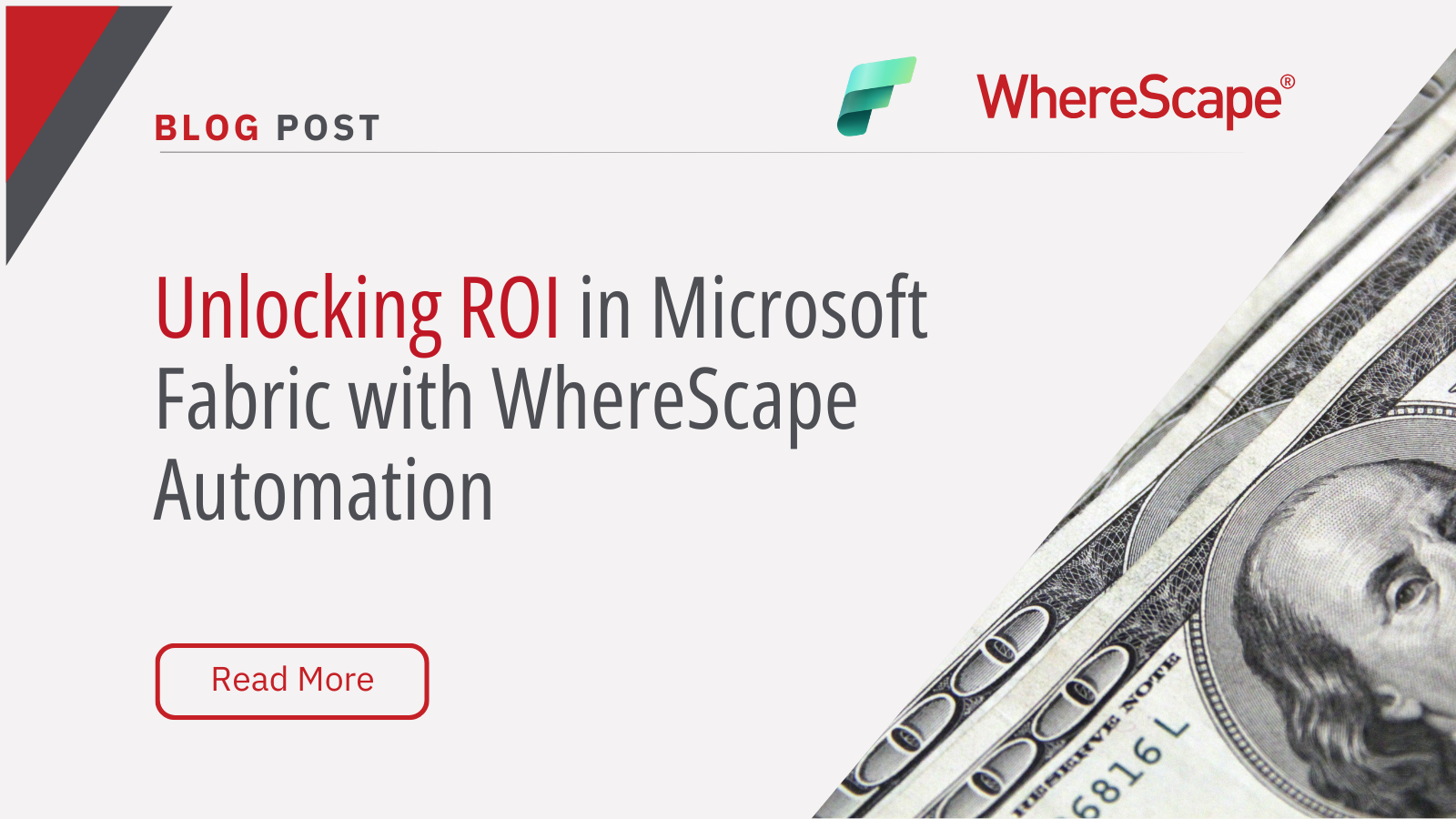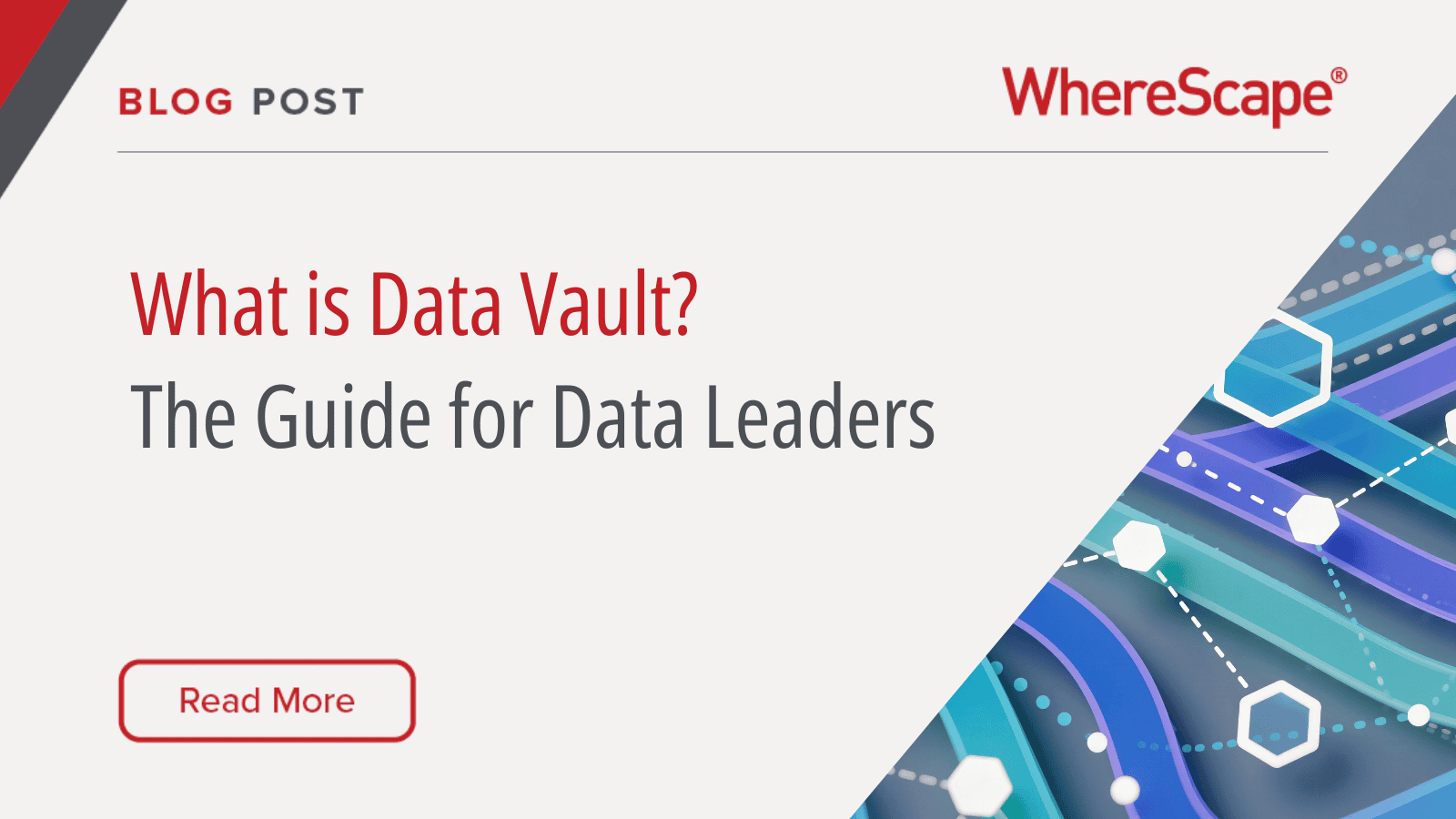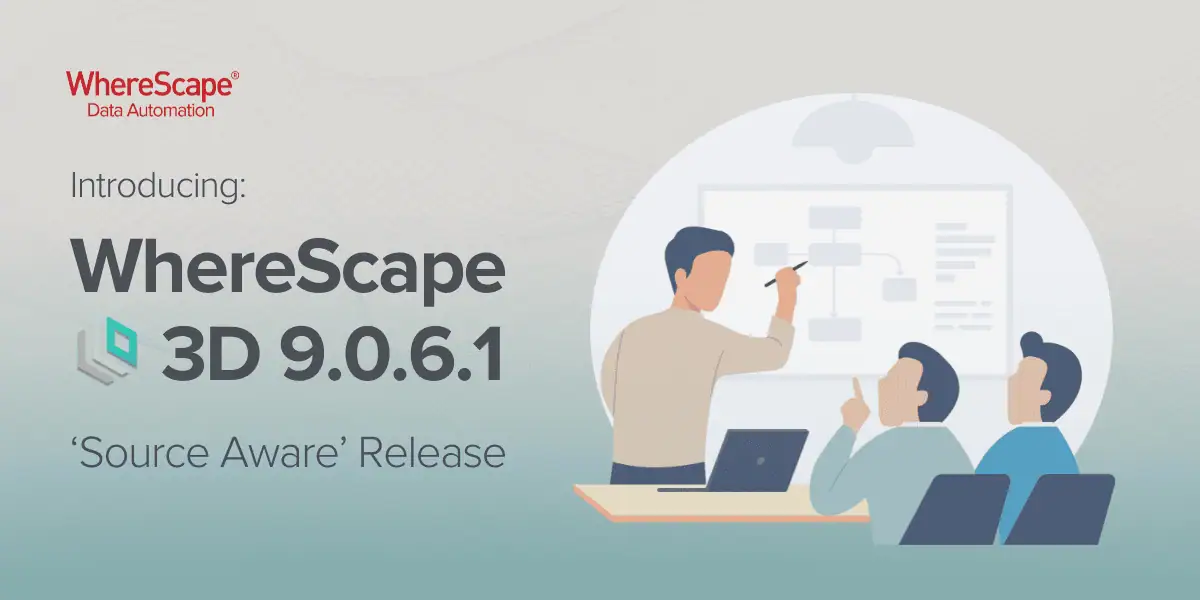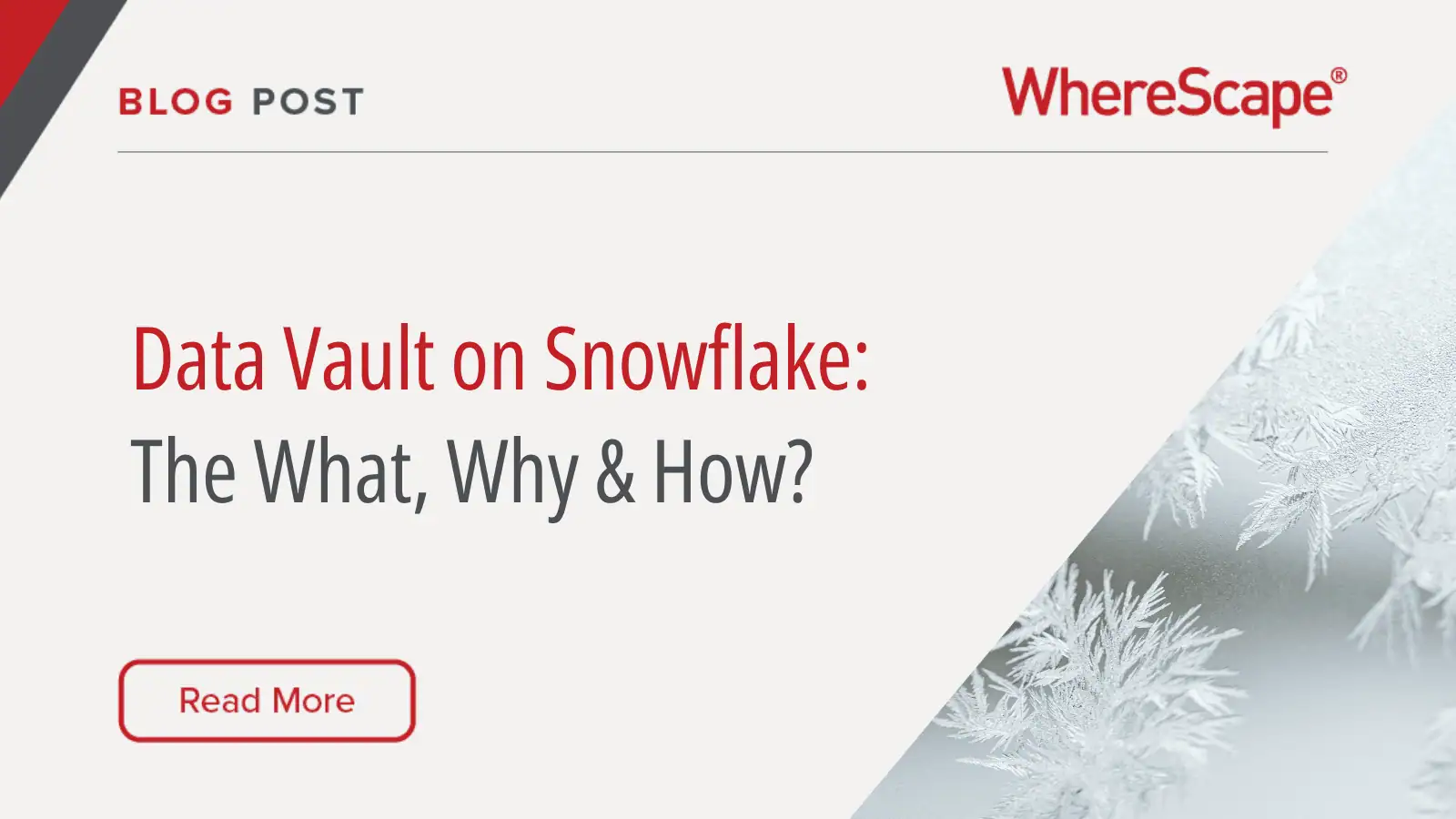When organizations first evaluate Microsoft Fabric, the promise is clear: unified data, simplified architecture, and faster insights.
But the real questions come down to ROI:
- How quickly can your team deliver governed analytics on Fabric?
- How much manual effort is required to get there?
- And how do you prove value before budget cycles close?
This is where data automation makes all the difference between ‘a promising pilot’ and ‘a proven enterprise platform’.
Why ROI in Fabric Can Stall
Fabric offers huge potential, but ROI can remain elusive without data automation:
- Slow migrations from legacy warehouses to Fabric Warehouse stall momentum.
- Manual coding costs eat into efficiency gains.
- Inconsistent governance leads to compliance risk — often forcing costly remediation later.
- Talent bottlenecks emerge, as skilled developers are spread thin across coding, governance and pipeline management: with each requiring a different skillset.
The result? A platform investment that looks promising on paper, but takes too long to show business value.
WhereScape: The ROI Multiplier
WhereScape doesn’t compete with Fabric — it accelerates it. Acting as an intelligent automation layer, WhereScape enables:
- 95% less manual coding — delivering faster results, at a lower cost.
- Rapid model deployment across OneLake, Warehouse and Power BI.
- Seamless migration tools that make moving off SQL Server, Oracle or Teradata realistic.
- Built-in governance that auto-documents lineage and integrates with Purview.
By shifting repetitive work to automation, teams can focus on what actually drives ROI: understanding business needs, modeling data effectively and delivering insights.
A Practical ROI Example
Imagine two Fabric projects — one manual and one automated with WhereScape:
- Manual: 10 developers, 6 months, 100,000+ lines of hand-coded SQL, uneven governance and delayed reports.
- Automated: 3 developers, 6 weeks, governed pipelines, complete lineage and working dashboards in Power BI.
The automated path doesn’t just save time — it changes the economics. The same budget delivers 4x more business value, while freeing developers to focus on innovation.
ROI Beyond the Project Level
Automation impacts ROI beyond individual projects:
- Lower TCO: Reduced reliance on external ETL/catalog tools.
- Cheaper Testing & Maintenance: Users report massive savings.
- Faster scaling: New data sources onboarded in days, not months.
- Future proofing: As Fabric evolves, automated pipelines adapt with minimal rework.
Over time, automation compounds ROI — enabling continuous delivery of insights instead of periodic big-bang projects.
Conclusion
Microsoft Fabric provides the foundation, while WhereScape automation ensures your ROI.
By reducing manual coding, accelerating delivery, and embedding governance, WhereScape allows enterprises to realize Fabric’s full promise — faster, cheaper and with less risk.
Download our full whitepaper to explore how Fabric + WhereScape delivers ROI at enterprise scale.
About the Author
Patrick O’Halloran is a Senior Solutions Architect at WhereScape with over two decades of experience in data warehousing and analytics. He works with global organizations to implement automated data infrastructure using WhereScape RED and 3D, helping teams scale their data operations efficiently and reliably.




